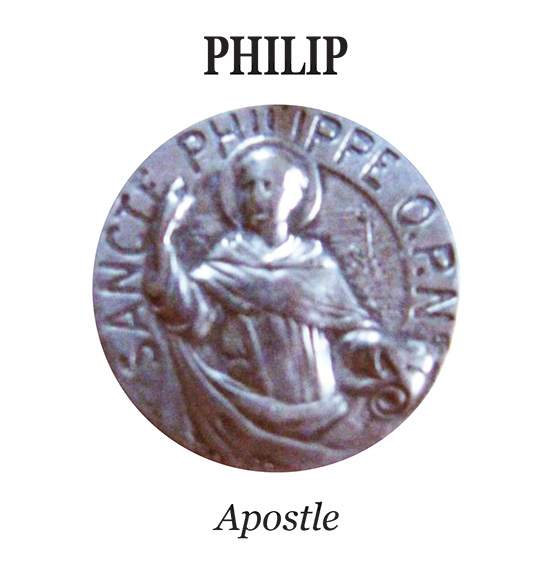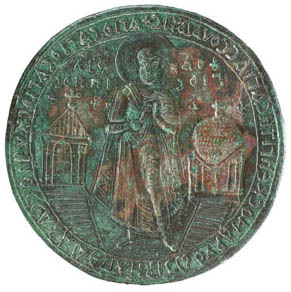Philip was from Bethsaida, the same city as Andrew and Simon Peter, on the northeastern shore of the Sea of Galilee. Philip was also present with John the Baptist when John pointed out Jesus as the Lamb of God, and he attended the wedding at Cana.
.
The Wedding at Cana
John 2:1-11
On the third day a wedding took place at Cana in Galilee. Jesus’ mother was there, and Jesus and his disciples had also been invited to the wedding. When the wine was gone, Jesus’ mother said to him, “They have no more wine.”
“Woman, why do you involve me?” Jesus replied. “My hour has not yet come.”
His mother said to the servants, “Do whatever he tells you.”
Nearby stood six stone water jars, the kind used by the Jews for ceremonial washing, each holding from twenty to thirty gallons. Jesus said to the servants, “Fill the jars with water”; so they filled them to the brim.
Then he told them, “Now draw some out and take it to the master of the banquet.” They did so, and the master of the banquet tasted the water that had been turned into wine. He did not realize where it had come from, though the servants who had drawn the water knew. Then he called the bridegroom aside and said, “Everyone brings out the choice wine first and then the cheaper wine after the guests have had too much to drink; but you have saved the best till now.” What Jesus did here in Cana of Galilee was the first of the signs through which he revealed his glory; and his disciples believed in him.
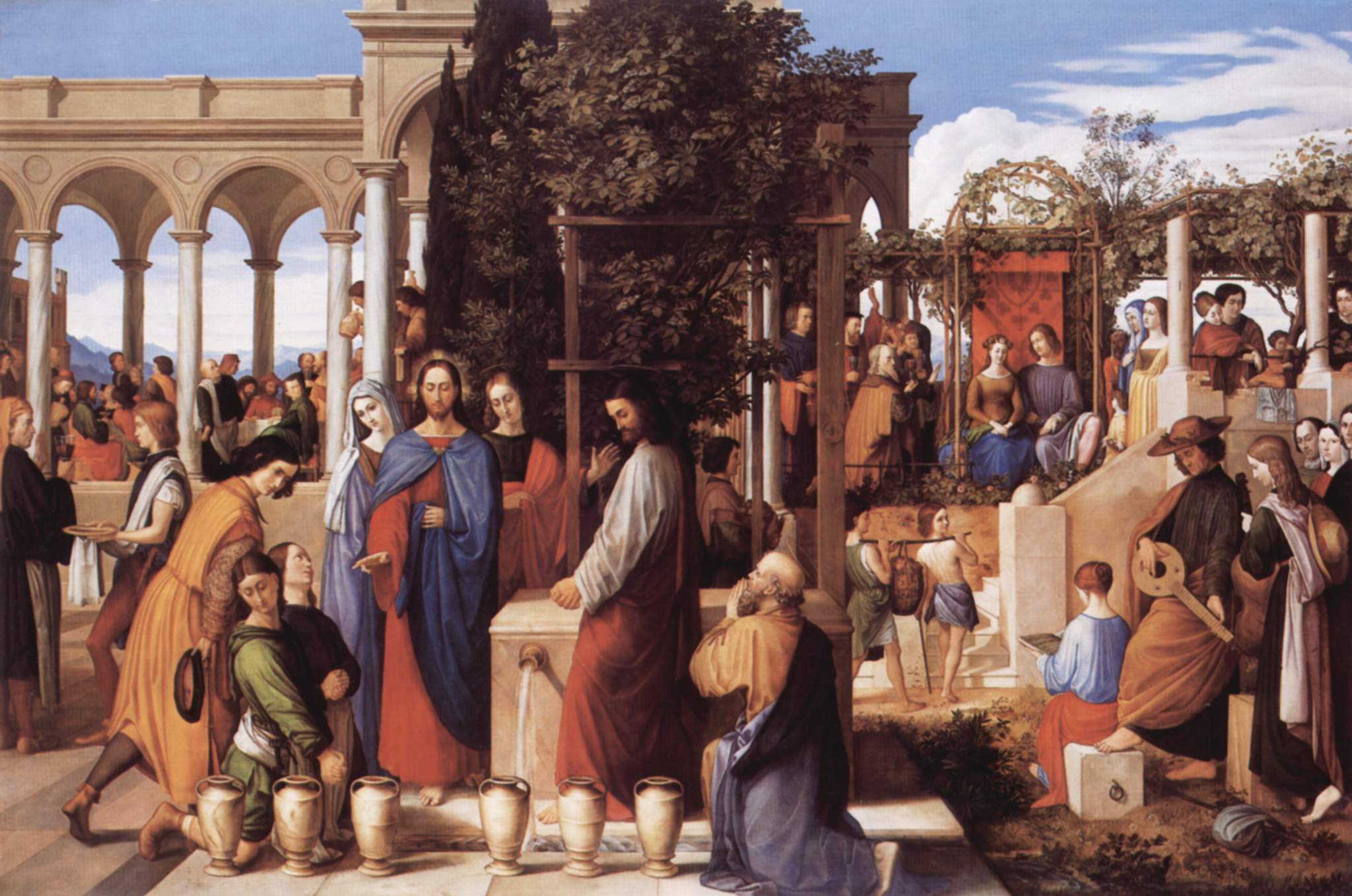 Wedding Feast at Cana by Julius Schnorr von Carolsfeld, c. 1819
Wedding Feast at Cana by Julius Schnorr von Carolsfeld, c. 1819
Hamburg Kunsthalle, Hamburg, Germany
.
The Loaves and Fishes
When Jesus needed to feed the five thousand (near Tabgha) He tested Philip’s faith by asking him what to do. When Jesus looked up and saw a great crowd coming toward him, he said to Philip, “Where shall we buy bread for these people to eat?” He asked this only to test him, for he already had in mind what he was going to do. John 6:5-6
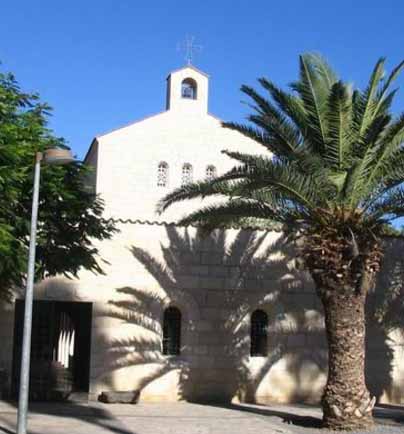 Church of the Loaves and Fishes, Tabgha, Israel
Church of the Loaves and Fishes, Tabgha, Israel
Because there was no village nearby to purchase food, and they had very little money, Jesus’ question was clearly designed to set before Philip a predicament that had no human solution. Philip answered him, “It would take more than half a year’s wages to buy enough bread for each one to have a bite!” John 6:7
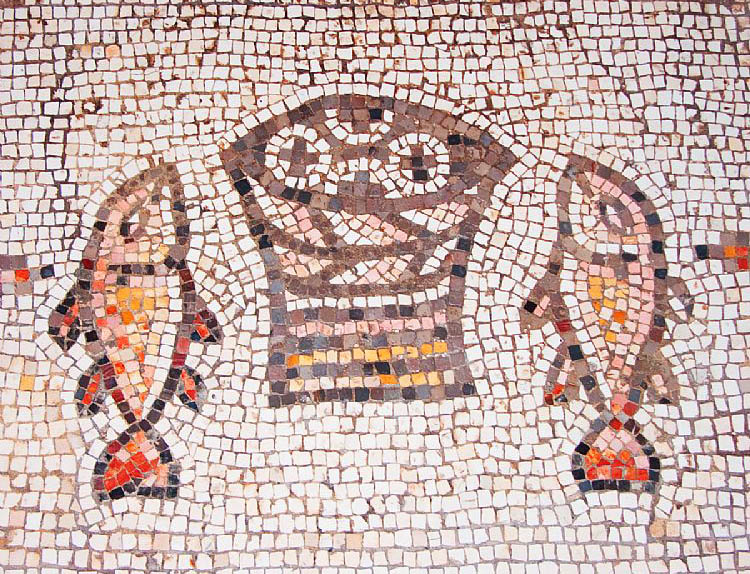 Mosaic under the altar in the Church of the Loaves and Fishes
Mosaic under the altar in the Church of the Loaves and Fishes
.
Sixth-century bronze bread stamp bearing the image of the Apostle Philip
The 4-inch bread stamp labels the figure in Greek as Hagios Philippos (St Philip), and another Greek inscription around the edge quotes from Isaiah 6:3 “Holy, holy, holy, Lord of hosts; heaven and earth are full of Thy glory.” (1)
Philip preached in Greece, Syria and Asia Minor. He died on the cross at Hierapolis in Phrygia in 80 AD. His remains were moved to Constantinople and then to the Church of the Twelve Apostles in Rome.
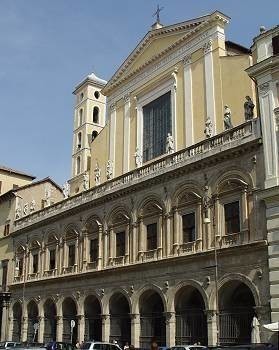 The Church of the Twelve Apostles in Rome
The Church of the Twelve Apostles in Rome
http://sitemaker.umich.edu/margerykempesaintsandpilgrimages/church_of_the_twelve_holy_apostles
.
Philip’s Tomb
In 2011 his tomb was discovered in a field in Hierapolis, Turkey amid remains of a 4th or 5th century church.
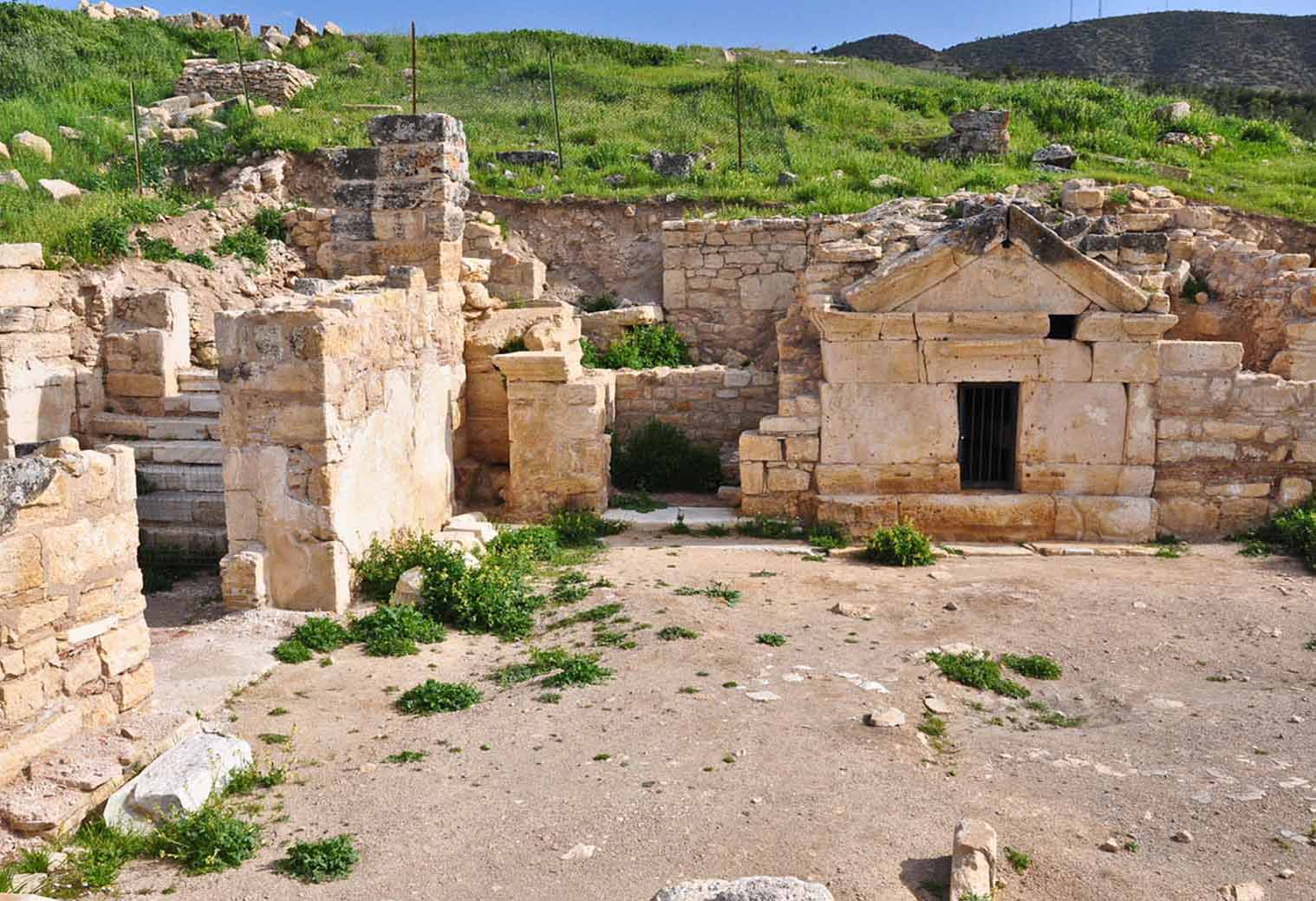 Tomb of Philip (the Apostle) at Hierapolis
Tomb of Philip (the Apostle) at Hierapolis
by Dr. Carl Rasmussen www.HolyLandPhotos.org
Saint Philip’s feast day is May 3.
.
(1) VERACITY – Sharing the Joy of Personal Discipleship, Bible Study Tools http://sharedveracity.net/tag/bible-study-tools/

